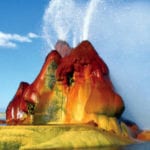 Our World
Our World  Our World
Our World  Pop Culture
Pop Culture 10 Incredible Female Comic Book Artists
 Crime
Crime 10 Terrifying Serial Killers from Centuries Ago
 Technology
Technology 10 Hilariously Over-Engineered Solutions to Simple Problems
 Miscellaneous
Miscellaneous 10 Ironic News Stories Straight out of an Alanis Morissette Song
 Politics
Politics 10 Lesser-Known Far-Right Groups of the 21st Century
 History
History Ten Revealing Facts about Daily Domestic Life in the Old West
 Weird Stuff
Weird Stuff 10 Everyday Products Surprisingly Made by Inmates
 Movies and TV
Movies and TV 10 Actors Dragged out of Retirement for One Key Role
 Creepy
Creepy 10 Lesser-Known Shapeshifter Legends from Around the World
 Our World
Our World 10 Science Facts That Will Change How You Look at the World
 Pop Culture
Pop Culture 10 Incredible Female Comic Book Artists
 Crime
Crime 10 Terrifying Serial Killers from Centuries Ago
Who's Behind Listverse?

Jamie Frater
Head Editor
Jamie founded Listverse due to an insatiable desire to share fascinating, obscure, and bizarre facts. He has been a guest speaker on numerous national radio and television stations and is a five time published author.
More About Us Technology
Technology 10 Hilariously Over-Engineered Solutions to Simple Problems
 Miscellaneous
Miscellaneous 10 Ironic News Stories Straight out of an Alanis Morissette Song
 Politics
Politics 10 Lesser-Known Far-Right Groups of the 21st Century
 History
History Ten Revealing Facts about Daily Domestic Life in the Old West
 Weird Stuff
Weird Stuff 10 Everyday Products Surprisingly Made by Inmates
 Movies and TV
Movies and TV 10 Actors Dragged out of Retirement for One Key Role
 Creepy
Creepy 10 Lesser-Known Shapeshifter Legends from Around the World
10 Times Natural Events Hit The Record Books
Nature breaks records all the time but there are events so unique that they deserve their own list.
Some are creepy. Like when fog killed thousands in London and the aftershocks of an earthquake rattled Washington State for a century. When not making people run for their lives, the weather can also brew events like electrical lakes and rain that lasts for a million years.
10 Intriguing Pieces Of Evidence For Bible Stories
10 The Lighthouse Of Catatumbo
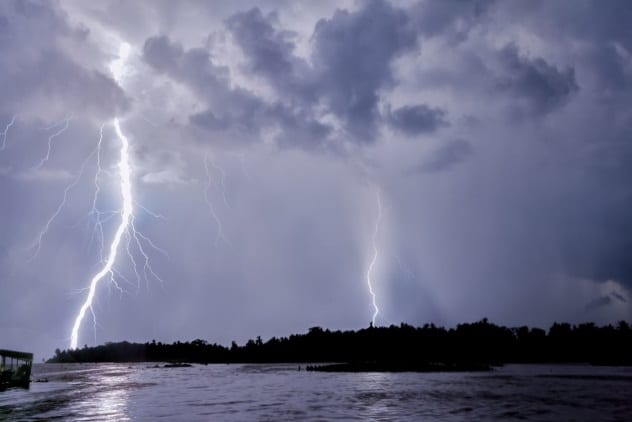
During Colonial times, navigators relied on the Lighthouse of Catatumbo to find their way. It flashed white, blue, purple, red, and orange lights. But the disco show did not come from a tower. It came from lighting.
The Lighthouse of Catatumbo is the name given to an area near Lake Maracaibo in Venezuela. Roughly 1.2 million lightning bolts zing the place every year, making it the most electric region in the world.
Some people love to call the Lighthouse by another name—the Eternal Storm. Some also claim that the lightning has no thunder. Neither legend is true. Lake Maracaibo only gets flashy about 160 nights of the year but then things get impressive. One can expect to see 280 strikes per hour. The reason behind the “silent lightning” is simple. Most people are standing too far away to hear the thunder.
Nobody knows why this patch in Venezuela is so volatile. The leading theories suggest that the lightning could be attracted to uranium deposits and methane in the area or that humid air has something to do with it.
9 Smoke That Stayed For 6 Months
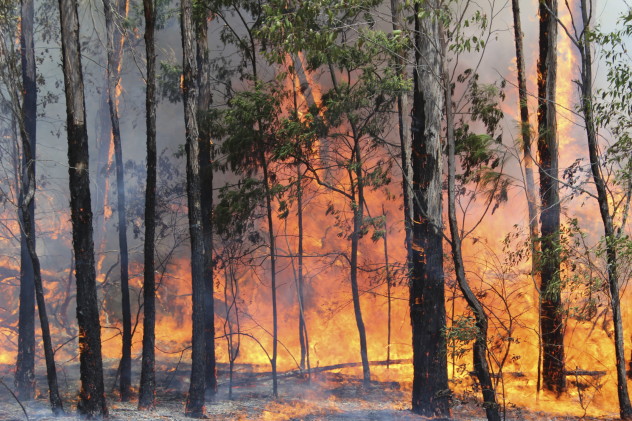
When the Australian fire season settled down in 2020, the relief was palpable. The scale of the bushfires and the damage had been immense. To understand what had happened, scientists studied the disaster from all angles but those who gazed upwards found a couple of interesting things.
The fires had pushed more smoke into the atmosphere than anyone had expected. In fact, it was a record for any bushfire. To put it into perspective, the last time something ejected so much smoke was in 1991 when the second-largest volcanic eruption of the 20th century occurred in the Philippines.
The smoke produced by the Australian fires also circled the Earth, having departed from the eastern coast and arrived back at the continent from the west. The journey took two weeks which was a speed record for an event that size.
Smoke also stay in the atmosphere for a few days or weeks. The 2020 fire plume stayed for 6 months.
8 The Coldest Cloud
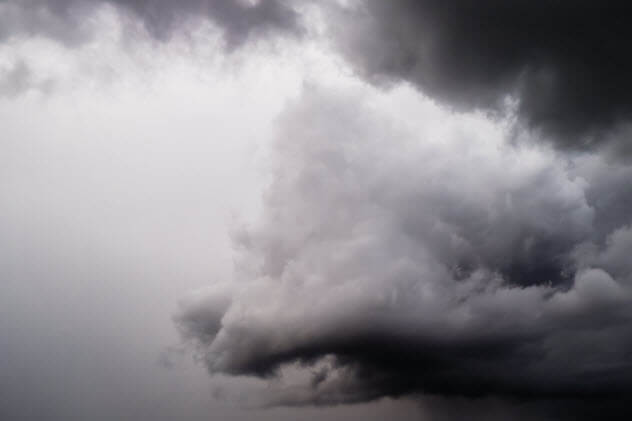
Scientists love to measure stuff, even the temperatures of clouds. In 2018, they found one for the record books. The world’s coldest cloud was hovering over the Pacific Ocean and it was messing with satellites. Indeed, the cloud was so frosty that normal weather satellites could not take its temperature.
An infrared sensor aboard a NOAA satellite did the honors.
The cloud, which was part of a severe thunderstorm, measured minus 167.8 degrees Fahrenheit (minus 111 degrees Celsius). The reason for this extreme number was partially explained by a phenomenon called “overshooting tops.” This is when the top of a cloud overshoots the lowest layer of the atmosphere and enter the next layer, a bitterly cold realm known as the stratosphere.
The Pacific cloud had an overshooting top. But even the stratosphere’s freezing nature could not explain why the top of this storm was 86 degrees Fahrenheit (30 degrees Celsius) colder than any other cloud on record.
7 The Longest-Lasting Aftershocks
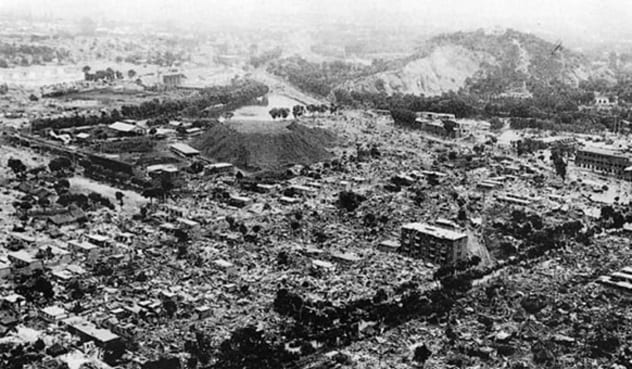
In 1872, a big earthquake shook central Washington State. The epicentre was never located and for decades, scientists wondered why Entiat, a town in the area, kept experiencing earthquakes after the 1872 event. It was over a century later, so nobody thought that these might be hundreds of aftershocks.
That view changed as seismologists began to find aftershocks all over the world that lasted longer than expected. Aftershocks also behave differently from earthquakes and after researchers gathered data on the 1872 quake, the subsequent shakes matched aftershocks in almost every way.
The Entiat phenomenon could be the longest-lasting aftershocks in the world. They have been going strong for nearly 150 years and counting.
6 The World’s Largest Storm
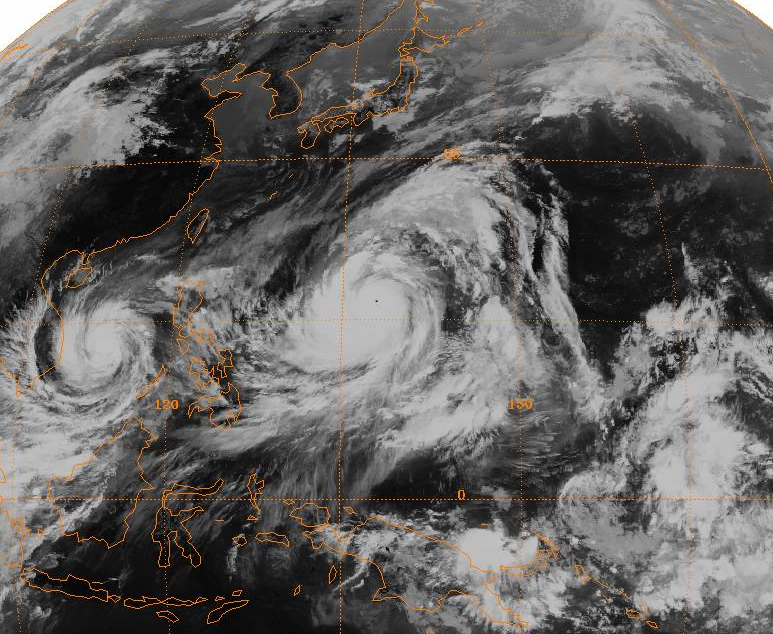
Typhoon Tip is not a household name. But as the world’s biggest storm, Tip deserves a mention. Born over the Pacific ocean, it grew into a Super Typhoon. With a diameter of 1,380 miles (2,220 kilometres), it officially became the top dog of all storms. Besides its record size, Tip also surged with unsurpassed intensity.
The good news was that the typhoon lost some of its power before it slammed into Japan on October 19, 1979. The bad news? It was not enough to avoid disaster.
Almost 90 people were killed and hundreds were injured. The flooding caused countless mudslides and destroyed 20,000 homes. A gasoline tank also exploded and torched a US Marine Corps base, injuring dozens more and claiming the life of another victim.
5 The Truth About Beijing’s Sandstorm
In 2021, gale-force winds scooped up sand from the Gobi desert and moved through Mongolia. The huge sandstorm caused 341 people to go missing and killed at least 6. Then it arrived at the capital of China. The city of Beijing faded away as the sandstorm hid skyscrapers and turned the skies orange.
But the news agencies had it wrong. This was not a sandstorm.
It was a dust storm. The difference sounds insignificant but in reality, the situation was alarming. Dust consists of smaller bits than sand, stay in the air for longer and can be inhaled far deeper into the lungs. This was bad news. When the dust arrived in Beijing it mixed with the city’s terrifying air pollution levels and turned the storm into a thick toxic haze.
4 Black Sunday
During the 1930s, the community living across the Great Plains in the US was familiar with something called “black blizzards.” These dust storms were so dense that they darkened everything around them. But in 1935, a storm bestowed April 14 with an ominous title and also gave the region its famous name—the Dust Bowl.
Black Sunday started out like any other day. But then a blizzard arrived. It soon became apparent that this one was different and people began to panic. The dust storm was a beast that measured 1,000 miles (1,609 miles) long. It blocked out all light including street lamps. Families sheltering at home could not see each other in the same room. Precious farming land was destroyed, a lot of animals died, and one man was blinded. People were trapped inside their cars for hours.
The aftermath of the storm inspired federal aid. But despite being offered money and advice by the government, many families gave up farming and left the area.
3 The Tri-State Tornado
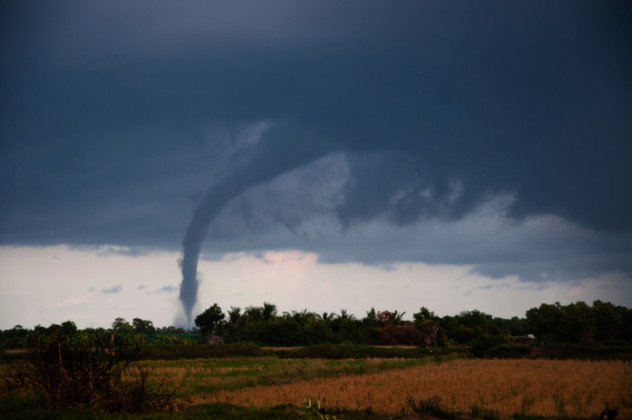
In 1925, a deadly tornado cluster touched down in the United States. Twelve major twisters appeared over a large area but one was about to take destruction to a whole new level. Called the “Tri-State Tornado,” it tore through 3 states and left behind the longest track made by a twister—235 miles (378 km).
The statistics were horrifying. The tornado’s diameter swelled to more than a mile (1.6 km) and it sped along at 70 miles per hour (113 kilometres per hour). It destroyed 164 square miles (425 square kilometres) of land and wiped out 15,000 homes. In today’s estimates, the damages totalled $1.4 billion.
The storm was never graded but most experts believe that the Tri-State Tornado was an EF-5. On the tornado scale, an EF-5 is the biggest and the most dangerous thing you can ever hope not to see. Whatever its true grading was, the Tri-State Tornado remains the deadliest tornado in US history. The death toll numbered 695 people including 69 students who attended some of the 9 schools the tornado hit that day.
2 London’s Killer Fog Solved

London is a foggy place. But in 1952, the fog turned on everyone. The haze, which appeared in December and stayed for 5 days, hospitalized over 150,000 people.
For decades, the deadly fog remained a mystery. But in 2016, researchers agreed that they had enough evidence to blame one of the earliest suspects in the investigation—burning coal. Tests showed the air pollution caused by coal emissions led to chemical changes in the weather that ultimately laced the fog with sulphuric acid.
At the time, the death toll was thought to be 4,000 people. Tragically, the real number was closer to 12,000. Thousands of animals also perished in the fog. It remains the worst air pollution event in Europe’s history.
1 A Million-Year Rain Storm
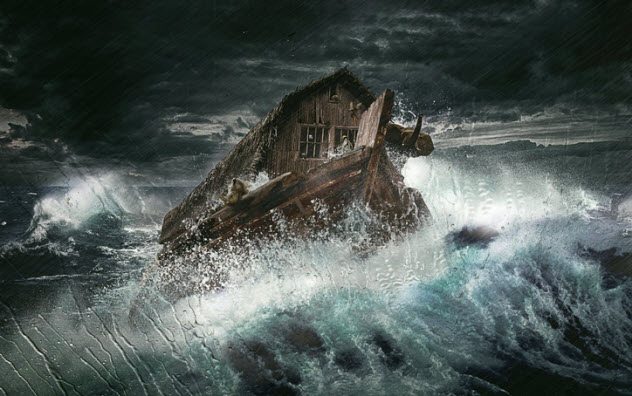
The Triassic era came to an end around 233 million years ago. During that time, raindrops began to fall leading to a storm that would last for a million years. This deluge became known as the Carnian Pluvial Episode (CPE).
What opened the floodgates, so to speak, had always been a mystery. But in 2020, a study found the two likeliest suspects—climate change and volcanoes going nuts. Truly, the eruptions went beyond epic. They left behind lava fields that stretched uninterrupted for thousands of miles.
There was a lot of death. The downpour killed a third of all the species that lived in the sea. Meanwhile, on land, countless plant and animal groups became extinct as well. But the study also found that the CPE created the world as we know it today. It changed the environment so much that new species emerged, including some of the first coral reefs, reptiles, trees, and the dinosaurs that would rule the earth for the next 150 million years.
Top 10 Proposed Locations For The Garden Of Eden







